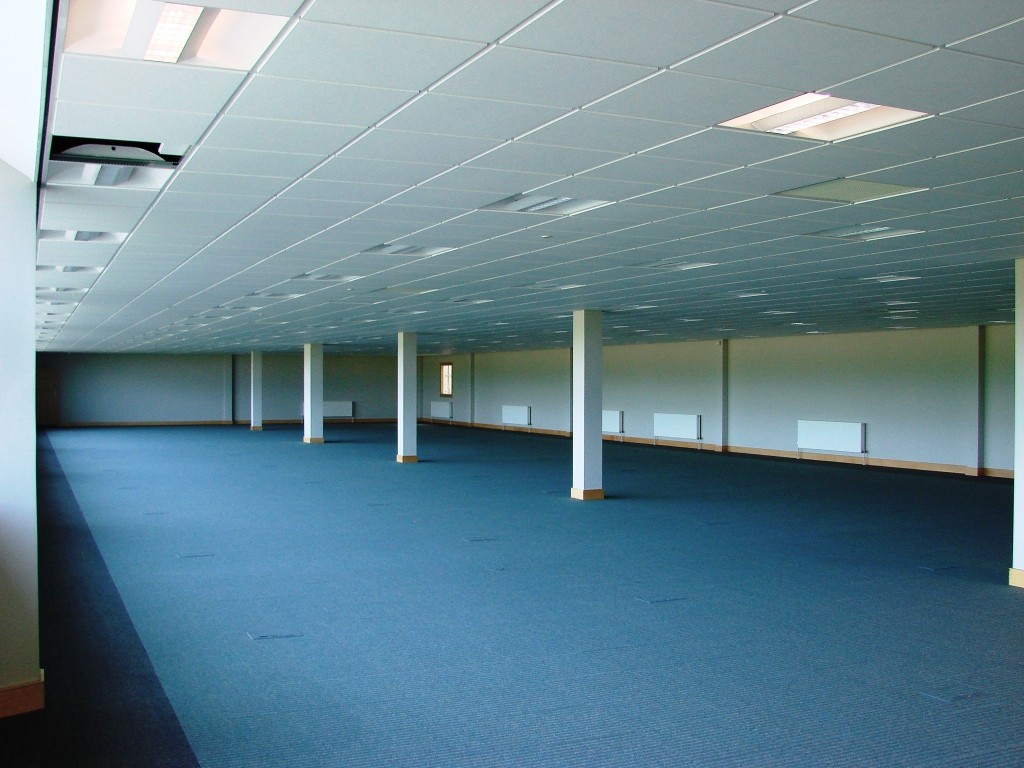Linking Property and Business Strategy
Leasehold commercial premises are an important part of a business’s viability, strategy and future development. For most businesses this goes without saying: high street shops, retail outlets, barbers and bakers simply wouldn’t be viable without prominent leasehold premises. However, renting a commercial building can be a significant liability and things can and sometimes do go horribly wrong. Some of the major pitfalls are avoidable though. Here we will consider some of the traps that we often find tenants falling in to and how you can learn from their mistakes, so that you don’t experience the same problems:
Lease types and considerations: there are essentially two basic types of commercial lease ‘FRI’ leases and ‘IR’ leases:-
- FRI lease means ‘full repairing and insuring lease’. If you sign one of these you are agreeing to take full responsibility for the repair and maintenance of the entire building for the duration of the lease, and sometimes liability for fixing pre-existing defects. If you’re leasing an old, dilapidated property with a dodgy roof, your repair and maintenance bill could be huge.
- IR lease means ‘internal repairing lease’. These leases are most common in places like shopping arcades where the business unit will be within a much bigger complex. With these leases the landlord will retain responsibility for repairing the structure and exterior of the building and the tenant will often only be required to repair and maintain the interior of their unit. However, the tenant will pay a Service Charge on top of the rent – this is a contribution levied to cover maintaining the exterior of the building and the common areas etc.
- Schedules of condition: if you’re taking on an FRI lease then a schedule of condition is a vital document that could save you a fortune. This document records the condition that the property is in at the start of the lease, including all of the visible pre-existing defects. If negotiated into the lease, this will be the standard of repair that you will have to hand the building back in at the end of your tenancy. In other words, you’ll have no liability to make good existing defects.
- Lease length and break-clauses: if you’re a start-up business with an uncertain future in a turbulent market then signing a 20-year lease on a prestigious office suite 3 times bigger than your current workforce needs is potential suicide. If you must sign such a long lease then get your solicitor to negotiate break-clauses into the lease at regular intervals (usually every 4 years). If the road gets rocky and you have to cut back on costs, you can take the next available break option in your lease and downsize. With no break-clause, you’ll have to buy yourself out of the remainder of the lease if you get into trouble and want out.
Case Study 1: Whisky Retailer
- A niche business selling rare whiskies solely online – with eBay providing over 95% of the business’s trade. The business moved into a small but dilapidated warehouse unit in 2010 on a 10-year lease with no schedule of condition or break-clauses. Business boomed until September 2012 when eBay changed its alcohol policy and banned online sales of alcohol literally overnight. (eBay pulled the rug after a media sting in the US caught out some online retailers selling vodka to 14-year old kids.) In one day the business lost its sole business platform. The prospect of going bust was made fatally worse by having to buy out the remaining 8 years of the lease, and fully repairing the warehouse unit – including the leaking asbestos-cement roof – before handing back the keys. With a schedule of condition in place the business would have had its repair bill significantly slashed, and with break-clauses in the lease the exit settlement would have been minimised. Nothing could be done to prevent the business failing in the way it did – nobody knows what is right around the corner – but a simple property strategy at Day One would have greatly minimised the fall-out. Get a schedule of condition, get some break-clauses and protect yourself.
Case Study 2: Government Department
- I can sense your eyes rolling already: A government department took out a 20-year internal repairing lease, with no break-clauses, on an opulent office suite within a former private mansion house, including an enormous service charge agreement to pay for manicuring the lawns and for feeding the pheasants on top quality corn. Just 16 months into the lease, the government changes shirts in the biggest shake-up of British politics for a decade. Budget cuts put the neck of the department on the chopping board and the entire operation is given its P45 6 months later. With no break-clauses in the lease the only way out was to pay off the remaining 18 YEARS in one lump sum! Easy when you have legions of tax payers to pick up the bill, not so easy for everybody else. Taking on a 20-year lease, with no break-clauses, 16 months before a General Election contested on budget deficits that directly affect your operation is a gamble that few can afford to take. Negotiate a more flexible lease and build an escape door.
Please contact us to discuss how you can structure your leasehold property strategy to avoid inflexibility and crushing liabilities. We could potentially spare you a lot of money and grief.



Would you like to share your thoughts?
Your email address will not be published. Required fields are marked *